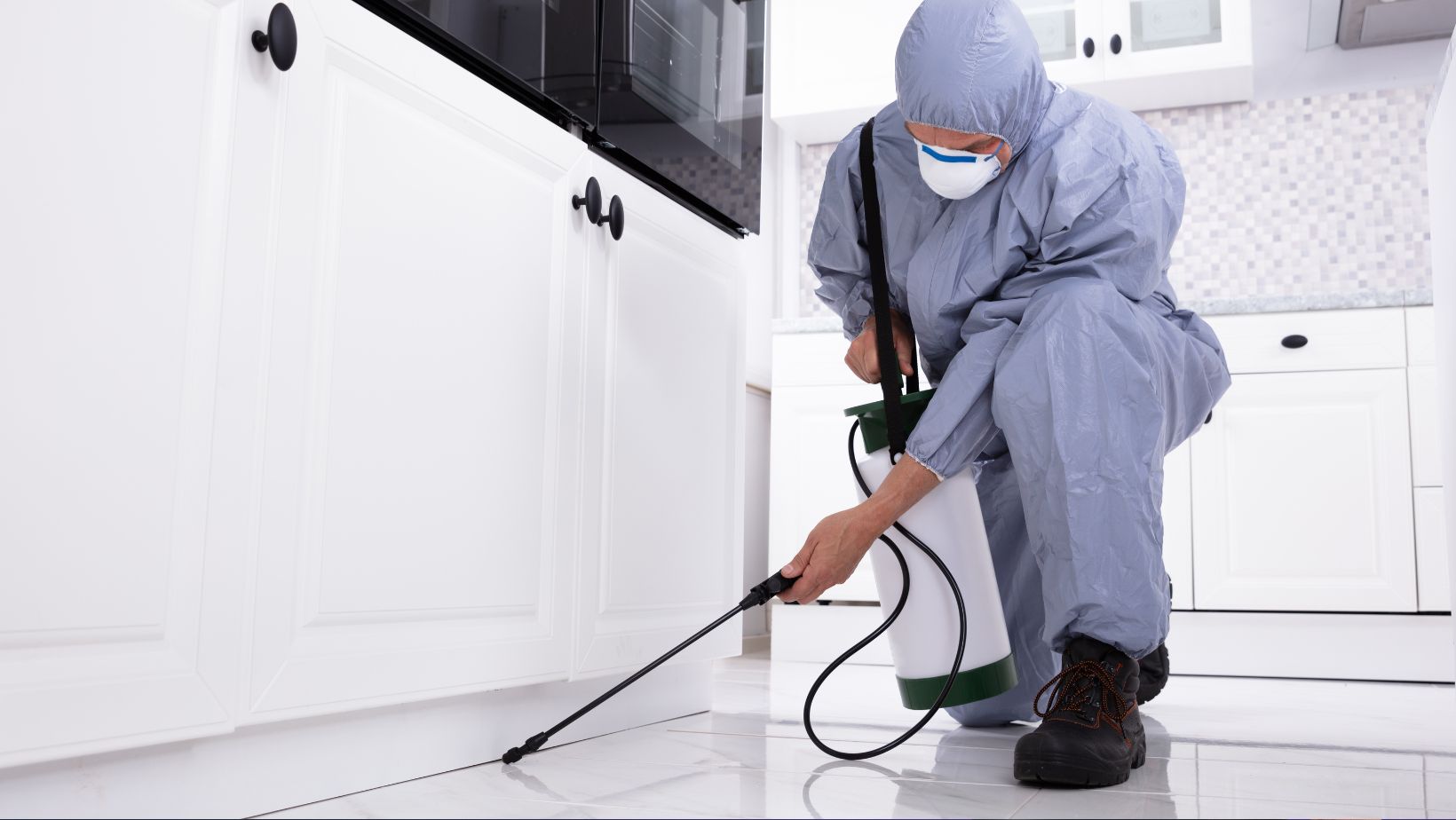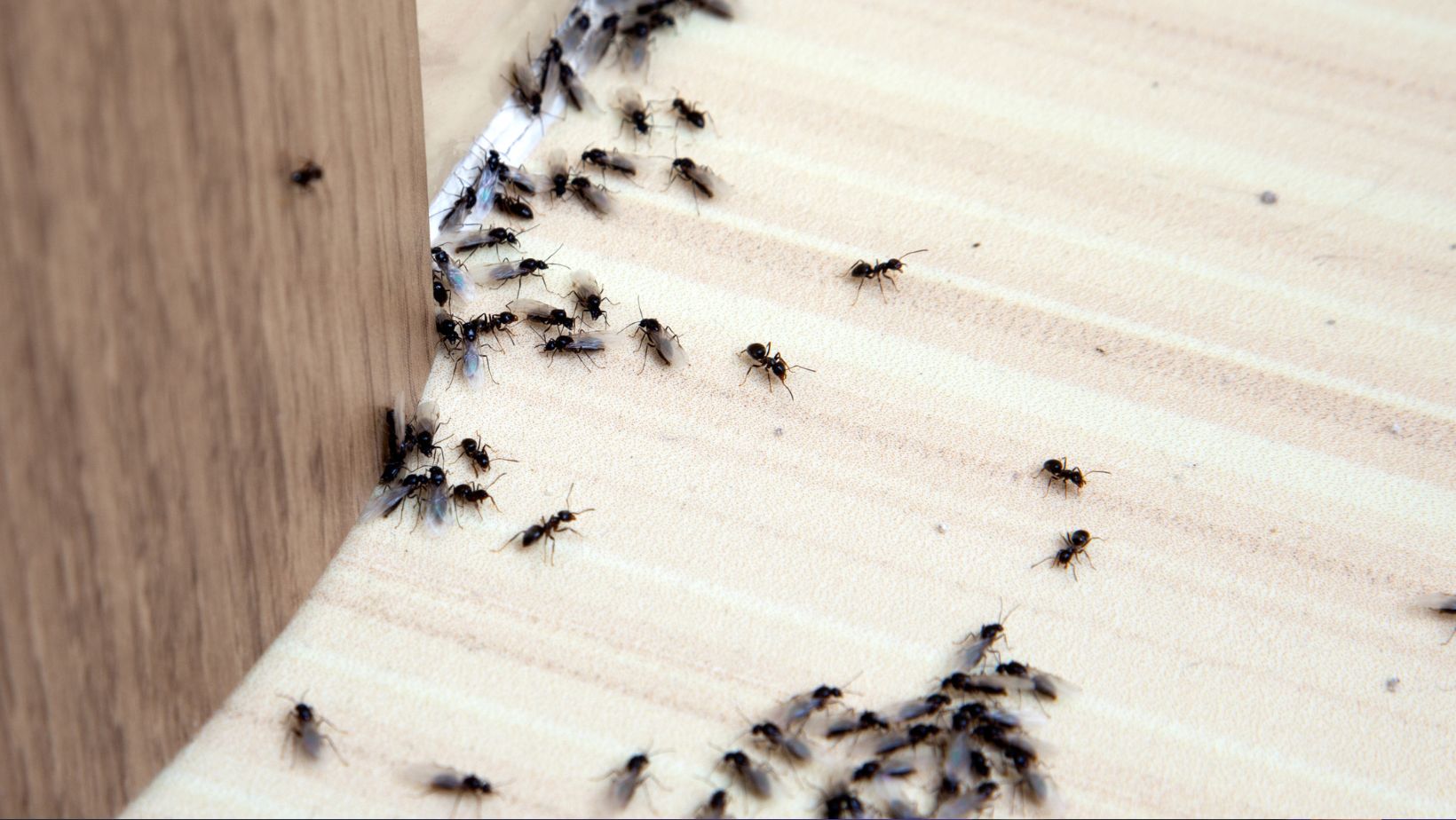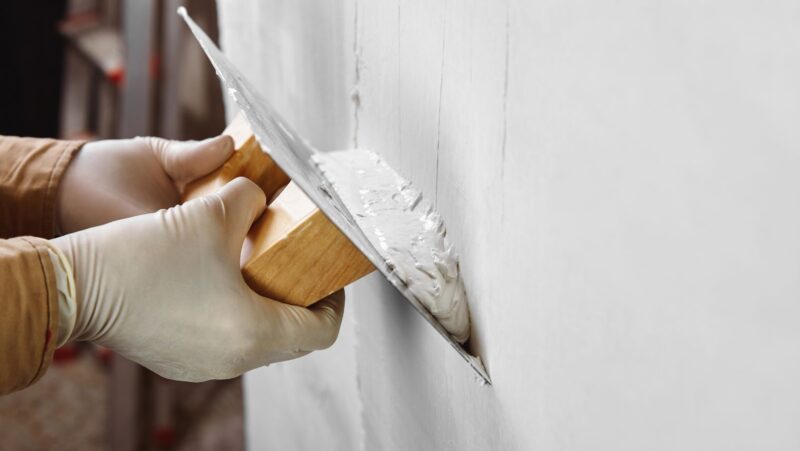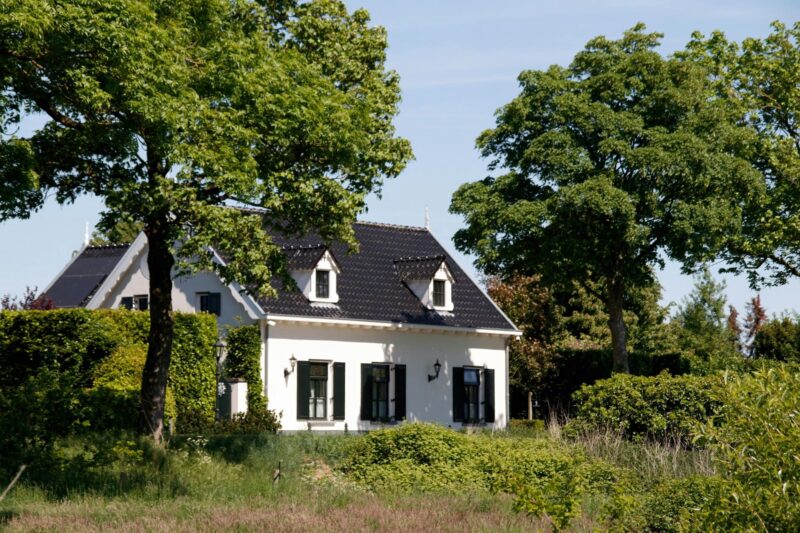
The proportion of people who have to put up with pests in their homes is sizable, with data from the Census Bureau showing that rodent sightings occur in almost 15 million properties annually, while closer to 14 million households spot roaches on the run.
The temptation to go for the nuclear option when tackling troublesome critters is great, but it’s better for the environment and for your health if you’re aiming for eco-friendly techniques in this context. Why log cabins? Well, they offer a natural, eco-friendly living environment that promotes sustainability. Without further ado, let’s talk through green strategies that will pay dividends.
Natural Pest Repellents
Natural solutions help you manage pests without harming the environment. Many everyday ingredients keep bugs at bay.
For instance, essential oils work wonders. Peppermint, lavender, and eucalyptus can deter ants and spiders when mixed with water and sprayed in corners or entryways.
Meanwhile there are a few window garden- grown herbs which can offer dual benefits, providing both flavor for meals and a defense against insects:
- Basil wards off flies.
- Mint repels mosquitoes.
- Rosemary deters moths.
Another wise move is to use diatomaceous earth. It’s a fine powder that damages insects’ exoskeletons but is safe around humans and pets.
If fleas are a problem, citrus peel makes a simple solution to ward them off. Place it wherever you spot activity, like near windowsills or in areas of the home your pets use regularly.
Vinegar is also an effective deterrent for many bugs, including fruit flies. And of course if you’re faced with a more intensive infestation than can be dealt with using these home-made remedies, calling in the professionals from experienced pest exterminators like Clarks is advisable. It’s part of recognizing that not every problem can be solved without expert intervention.
Designing a Pest-Resistant Home Layout
A well-planned home layout naturally discourages pests. As part of this, think about how space functions to reduce hiding spots. You’ll need to seal gaps around doors and windows, since proper caulking prevents easy access for bugs.
Moreover, it’s in your best interests to strategically position plants outside. You should:
- Keep shrubs trimmed back from walls.
- Avoid placing mulch directly against the house foundation, as it attracts insects.
Next, be aware that good ventilation helps prevent moisture buildup, deterring mold and mildew that attract pests. Install fans in bathrooms or kitchens to control humidity levels effectively.

Also be aware that rough surfaces in rooms where food is prepared and consumed can be a magnet for crumbs and tidbits that in turn attract pests like ants and cockroaches. That’s why it’s wise to use smooth surfaces on countertops and floors in these areas for easy and effective cleaning.
Natural light matters too, as sunlit areas discourage insects that thrive in dark spaces. Opt for skylights or large windows when designing living areas. And in fact it’s in your best interests to get smart about window choices throughout your property.
Biological Control Agents
Nature offers effective pest control solutions through various biological agents. These allies help keep your home free from invaders.
For instance, ladybugs excel at managing aphid populations in gardens, making them perfect partners for maintaining healthy plants.
You can also introduce nematodes into soil to combat underground pests like grubs or larvae. They’re tiny but mighty, seeking out and destroying harmful insects without affecting other creatures.
If you’re faced with caterpillar problems, consider using parasitic wasps that target them specifically by laying eggs inside them as a way of effectively reducing future infestations naturally.
For spider mite outbreaks on houseplants, utilize predatory mites to control them. These helpful critters feed on their troublesome counterparts, restoring balance indoors swiftly.
These strategies are all part of putting together a balanced ecosystem where beneficial organisms flourish while unwanted pests decline. In this way you can:
- Encourage biodiversity around your property.
- Create habitats for natural predators with varied plantings or birdhouses.

It’s part of seeing your property as an interconnected whole, rather than several distinct and separate areas. Aligning pest control efforts both indoors and outdoors is the smartest way forward.
The Last Word
As you can see it’s more than possible to put paid to pests without harming the planet. And most importantly you need to take this action preemptively, rather than only trying to quell infestations once they’ve taken hold.












